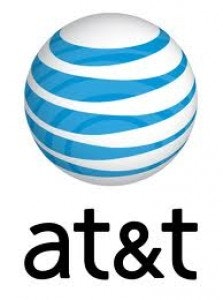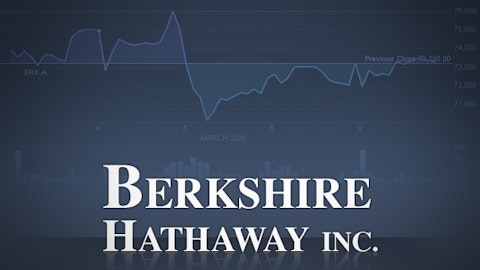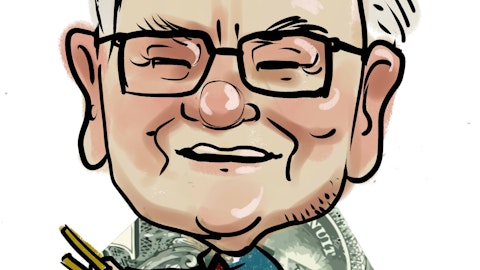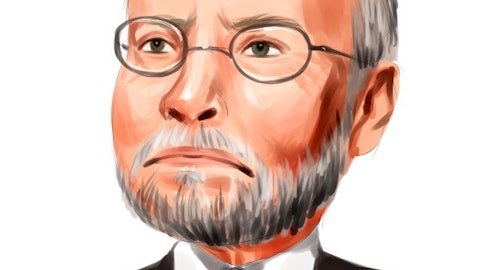Want to destroy billions in shareholder value and still get 75% of your bonus? Consider working at AT&T Inc. (NYSE:T), or another company with combined CEO and chairman roles.
In its 2013 proxy, AT&T argued that allowing Randall Stephenson to continue serving as both chairman and CEO creates a “bridge between the Board and management.”
While this “bridge” sounds nice in theory, shareholders should remember that bridges can make it easier for management to loot the companies we own by pushing for their own preferences, even when they are against the best interests of shareholders.
For these reasons, I believe shareholders were right to push for an independent chairperson at AT&T Inc. (NYSE:T), and that the proposal’s defeat is bad for investors.
Conflicts of interest
Clear procedural concerns arise when the CEO and chair roles are combined due to the fact that that the board evaluates the CEO, approves executive compensation packages, and chooses new board members. As chair, a CEO can be empowered to fill the board with members he (or she) expects to rubber-stamp his management decisions, evaluate him favorably, and approve excessive compensation packages.
Compensation concerns at AT&T
In a 2013 proposal calling for an independent chair at AT&T Inc. (NYSE:T), the proponent pointed out that corporate governance guru Nell Minnow’s independent research firm, GMI Ratings/The Corporate Library, has given AT&T a “D” grade every year since 2010 and marked it as “High Concern” for executive pay.
In 2011 Stephenson made $18.7 million despite his botched acquisition of T-Mobile, which cost AT&T Inc. (NYSE:T) $4.2 billion, but only cost the CEO 25% of his bonus. In 2012, Stephenson’s pay went up to $21 million.

Don’t believe an independent chair would decrease executive compensation concerns? Consider this.
According to a recent study conducted by GMI Ratings, the median summed cost of employing both a CEO and an independent, non-executive chair is only about 57% of the cost of the combined roles.
Expensive risk-taking
GMI Ratings’ study also points out that companies with dual CEO/chair roles pose greater risks in two categories.
First, their accounting and governance risk, or AGR, tends to be higher. AGR is calculated by identifying “accounting items that might signal fraudulent financial statements” and “governance characteristics associated with firms prosecuted by the U.S. SEC for accounting fraud.” According to the study, businesses with combined CEO/chairman roles are 86% more likely to be categorized as “Aggressive” in GMI’s AGR model.
Second, companies with dual CEO/chair roles tend to have higher environmental, social, and governance risks, or ESG. ESG is calculated by noting the number of “red flags” a company has, including “significant votes against pay policy, over-boarded directors and the presence of a poison pill.” According to the GMI Ratings study, companies with combined CEO/chairman roles are almost twice as likely to earn an ESG score of “F.” In fact, the study indicated that AT&T Inc. (NYSE:T) earned a failing ESG grade in 2012 when the study came out.


